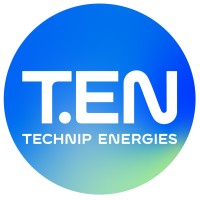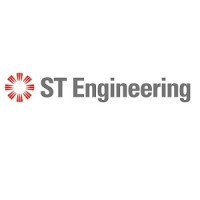
Technip Energies
Technip Energies is a global technology and engineering powerhouse. With leadership positions in LNG, hydrogen, ethylene, sustainable chemistry, and CO2 management, we are contributing to the development of critical markets such as energy, energy derivatives, decarbonization, and circularity. Our complementary business segments, Technology, Products and Services (TPS) and Project Delivery, turn innovation into scalable and industrial reality. Through collaboration and excellence in execution, our 17,000+ employees across 34 countries are fully committed to bridging prosperity with sustainability for a world designed to last.






